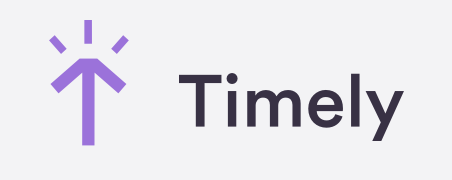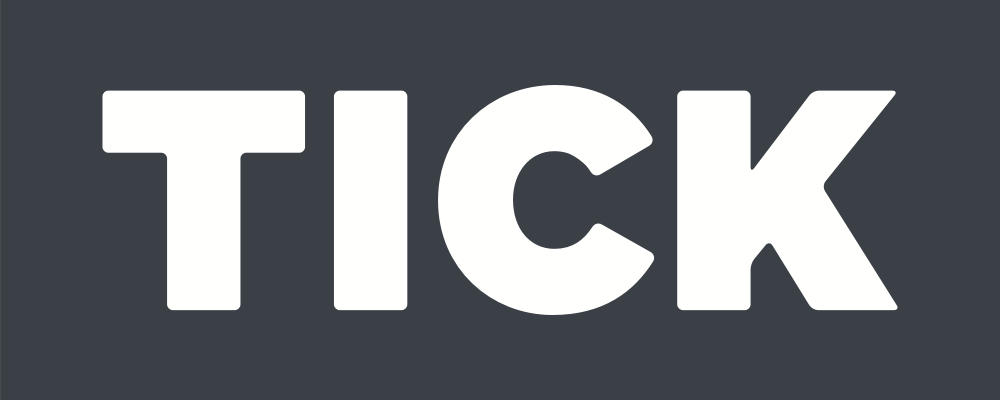The Fine Art of Tracking Overtime: How Not to Underpay or Overpay Your Employees
Nobody likes overtime. Even just tracking it can turn out to be a tall order, especially with flexible office hours. But despair not, because there’s a solution - time clock app! Read on to find out how to use the data and features it offers for accurate overtime tracking.
Time can sometimes be your biggest enemy. Even with many employees working 8 hours a day, it seems as though there’s never enough of it. How many times have you extended a deadline? Or left something for the next week? Or decided not to do it at all because it’s just not enough of a priority to take up your company’s time? Or, the worst sin of all, made your employees work overtime so they can finish the time-sensitive project?
It’s no secret that employees despise staying at work longer than they have to. But you’re probably not a huge fan either. After all, you have to log overtime and compensate it accordingly. Which is just extra work and extra money lost.
So, we all agree - overtime should be avoided at all cost.
But sometimes, things happen. Work piles up, employees massively take vacation, company grows and gets more clients and you end up being forced to ask your workers to put in some additional hours.
And now the questions start haunting you: Am I paying them enough? Are they actually doing anything during these extra hours or am I just paying them for nothing? Is my overtime log accurate? Is there even any point in doing this at all?
The answers lie in software that can track not only time, but also computer activity - a time clock app.
Overtime Made Easy with a Time Tracker
So, how can a simple time tracker app rid you of all the worries that you have about handling overtime work? To answer this, we should first look under the hood to see how exactly a time clock app works.
Having been implemented on all corporate computers, time tracker software detects which employees are actively using their machines and which ones aren’t. According to this data, the software automatically logs the first employees' activity (which is usually employees turning their computer on) as a clock-in and, by extension, the last activity is their clock-out.
Then, you get a pretty neat timesheet with all the names, clock-ins and clock-outs along with calculated time in the office and overtime. Mind you, all of this is automatic, you almost don’t have to do anything.
And the best part about using a time clock app is that it also records everything in between, meaning that you’ll know how productive your employees really are during their working hours.
Now that we know how time tracker for employees works, let’s see how it can help you tackle overtime in a way that’s fair both to your employees and to your business.
Not a Dollar Less
The first hurdle you have to go through is accurately measuring the amount of extra time your employees put in. Overtime isn’t so easy to set as regular working hours because everybody wants to pick up and leave the second they finish their share or work. So one employee might leave after half an hour, two more might follow suit 20 minutes later, while the others stay behind until 10 in the evening. Add flexible working hours into the equation and you get a mess.
Tracking active time for each employee with a time clock app solves this issue. It doesn’t matter when each employee came to work and left, you’ll have accurate and precise reports on who was active for how long and exactly how much that went over their regular hours.
This way you can pay your workers appropriately for the extra work done and not worry about underpaying your staff.
There’s also an issue of legal compliance in some countries that makes it mandatory for you to track and log employee’s working hours so that they can be fairly compensated for their work.
Making Sure You Don’t Get Robbed Either
Now that you have a policy in place that compensates for every minute of overtime, it’s not hard to imagine some employees valuing that extra money over the loss of free time. In other words, maybe some of them don’t mind staying overtime and getting paid for it if that will enable them to do next to nothing during their official working hours.
Not overpaying your staff is another problem solved with the use of a time clock app. Since it tracks employees’ productivity by detecting whether they’re typing a Word document or watching a YouTube video, it can tell you, in percentages, how productive your employees are.
This way, you can see whether the workers have actually been doing the task all day long and not been able to finish it. This would prompt the need to stay in the office longer and be paid for it.
But if you see people staying overtime and demanding remuneration while at the same time they’ve been actively working for about 30% of the time, it’s up to you whether you’re even going to allow overtime.
Final Remainder - Nit-Pickers are Bad Guys
‘Yes, Greg, I can see that you have three hours of overtime last week, but my time registration app also tells me that you were inactive for 20 minutes each day and that you browsed Amazon for a total of 11 minutes and 24 seconds, so…’
Just, don’t be that guy.
Breaks should be encouraged and are actually good for regaining focus and improving productivity. Additionally, occasional distractions will happen, your employees are only human. So don’t subtract this time when you calculate how much you should pay for overtime. Focusing on tiny details will lead you to unrealistic expectations and your workers into burnout.
Conclusion
All in all, tracking overtime is a delicate matter, but if you use a time clock app to record it with accuracy and with taking the overall performance into consideration, much of the trouble is gone. Being fair in compensating for overtime will ensure your employees trust you and are willing to put in some extra effort for you when it comes to it.
¿Está listo para tomar el control total de su lugar de trabajo?
Pruebe la solución más sencilla hoy mismo...
Prueba Gratis.svg)





























%20(1).png)
.jpg)

.png)

.png)



%20(1)%20(1).png)
%20(1).png)